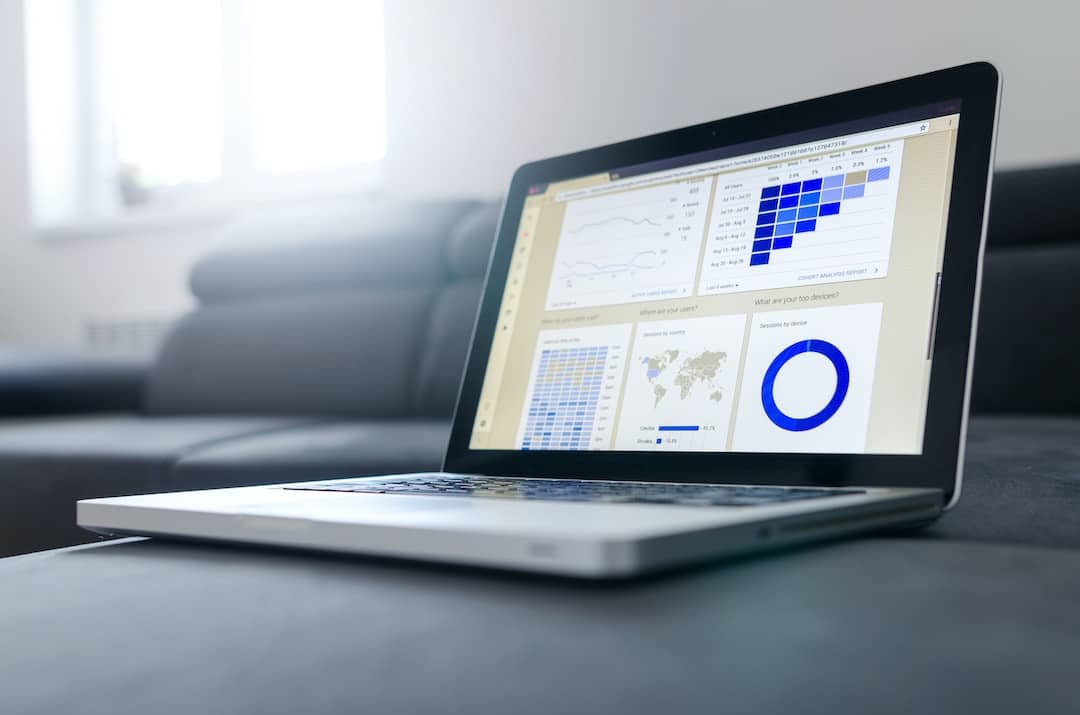In the digital age, businesses constantly seek ways to improve their conversion rates. One of the most effective ways is through the use of data visualization. Visual representations of data make it easier to understand complex datasets and provide valuable insights for business decision-making. The funnel chart is one type of data visualization that has proven particularly useful for conversion rate optimization. Below, we delve into the benefits and uses of funnel charts in optimizing conversion rates. Keep reading to learn more.
The Concept Behind Funnel Charts

The funnel chart is an inverted pyramid that visually represents a process. The chart, which is divided into multiple stages, is beneficial in demonstrating data progression through various phases of a process. Understanding progression is crucial as businesses can use this knowledge to comprehend customer behavior, track conversions, and identify areas of improvement. The wider sections at the top represent a larger quantity or volume, while the narrowing sections represent a diminution or reduction in the quantity or volume as the process progresses.
In a business context, funnel charts are typically used to represent the sales process. They depict the number of potential customers at each stage of the sales process, from the initial interaction, the wide top of the funnel, to the final purchase, the narrow bottom of the funnel. Businesses can analyze how many potential customers they lose at each stage and devise strategies to improve conversion rates.
While funnel charts can be used for various processes, their use for sales and marketing has been especially significant. The visual nature of funnel charts allows businesses to identify the stages where potential customers drop off in the sales process, providing valuable insights for improvement strategies. These charts are also useful for pinpointing the strengths and weaknesses of a marketing campaign. A detailed examination of a funnel chart will reveal stages in the process that need more focus and improvement.
Interpreting the Funnel Chart
The funnel chart’s simplicity in representing data makes it a powerful tool for interpreting complex processes. However, to use a funnel chart effectively, one must understand how to interpret it appropriately. The decline in numbers from the top of the funnel to the bottom can reveal where leads are lost. This information can target specific stages of the sales process in need of improvement.
In marketing, the funnel chart’s interpretation becomes invaluable. Understanding how consumers move through the marketing funnel, from becoming aware of a product to the purchasing stage, is integral to improving conversion rates. Recognizing where potential customers are falling off and not reaching the next stage enables marketers to allocate resources to these problematic areas, thus improving their overall marketing strategy.
Improving Conversion Rates With Funnel Charts

Once set up and understood, a funnel chart can be instrumental in improving conversion rates. By highlighting weak spots in a process, businesses can allocate resources and strategize to boost these areas, enhancing overall conversion rates.
For instance, an online retailer might find that many potential customers drop off at the final checkout stage. By examining this closely, the retailer may realize that this stage is particularly sluggish or the website’s layout is causing issues. By rectifying these problems, they can keep more potential customers engaged and increase the chances of turning them into actual customers.
Furthermore, the effectiveness of marketing campaigns can also be gauged using funnel charts. For example, if the chart indicates that a marketing campaign successfully attracts visitors but fails to turn them into leads, the strategies used during the awareness stage need revision.
Funnel charts will only gain more prominence as we journey into an era where data-driven insights are critical for business growth. And, with the right approach and understanding, they can be a potent tool in improving conversion rates and nurturing business growth.



